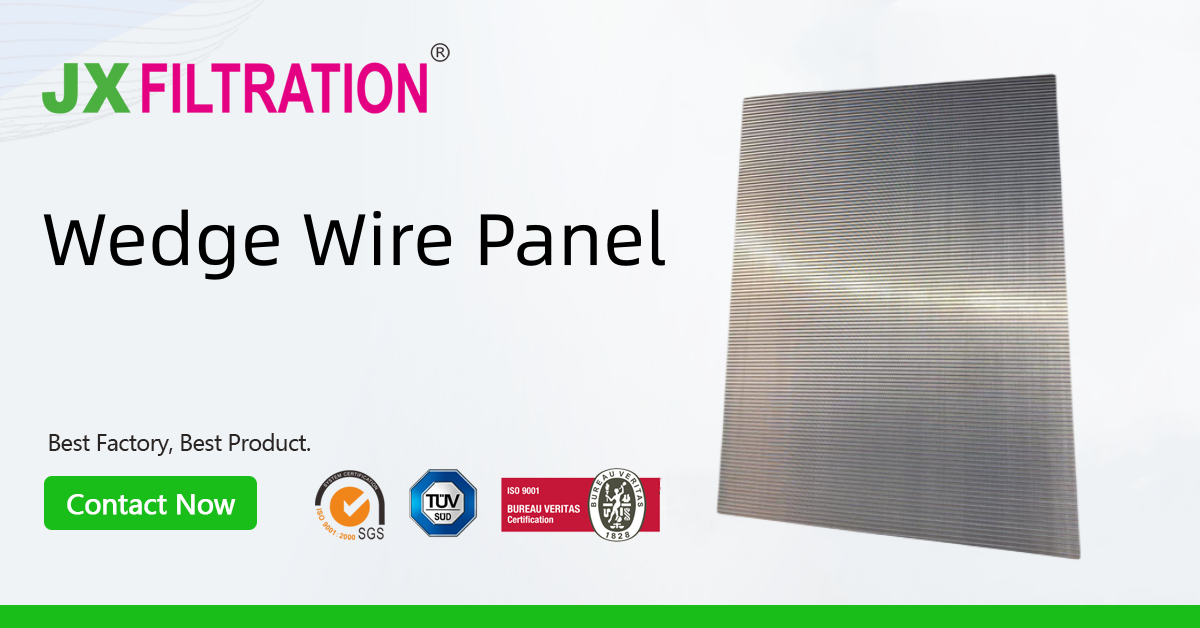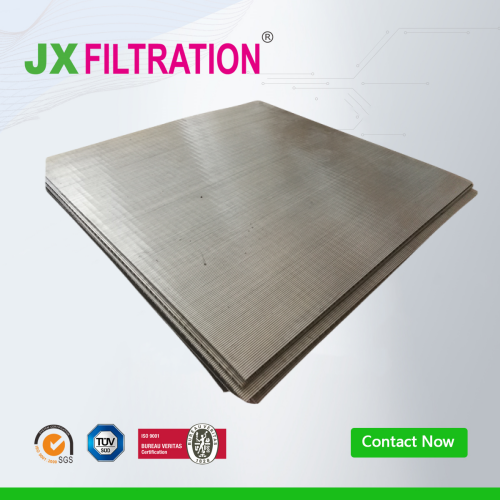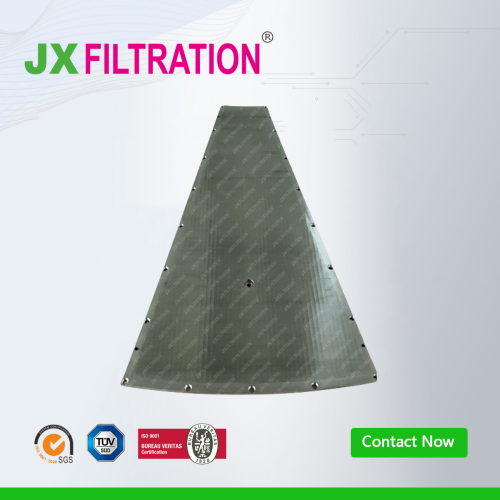Comparison of Different Types of Screen Panel I
- Polyurethane Screen Panel
The polyurethane screen panel is welded from flat steel framework, with the framework assembly being a design challenge. It is a new type of fine selection product that has gradually replaced stainless steel screen plates in recent years. Polyurethane screen plates are mainly suitable for classification, dehydration, and screening in coal mines, iron mines, copper mines, gold mines, and other places. They are essential components for vibrating screens.

Due to the extremely harsh conditions in which screen plates are used, they require corrosion resistance, wear resistance, and aging resistance. Therefore, the sieve seam size needs to be sufficiently small during use.
Advantages: Polyurethane has high wear resistance, high elasticity, sound absorption, shock absorption, resistance to coarse material blocking, good wear resistance, long service life, high screening quality, strong self-cleaning ability, good screening performance, noise reduction, improved operating environment, and wide applicability.
Disadvantages: The product's external dimensions are not flexible, and production costs are high.
Selection Principle: Dehydration, de-intermediation, and de-mudding in various linear vibrating screens.
- Polyurethane Composite Screen Panel
This screen panel is made using a drum resistance welding machine, which uses the resistance thermal energy generated by the contact surface of the welded parts and the adjacent area when current passes through, to heat the welded metal to partial melting or to reach a highly plastic state. It is then welded into a screen surface using external force, and then assembled and processed to make it firm. On this basis, polyurethane material is vulcanized on the frame. The screen plate is made of stainless steel as the screen surface, and the frame and support ribs are welded with Q235-A carbon steel flat iron.
Advantages: Narrow screen strips can be selected, high open area ratio, sound absorption, shock absorption, not prone to coarse material blocking, and easy disassembly and assembly.
Disadvantages: Low screening rate, clogging, easy breakage of screen strips, prone to wear, leading to the release of large ore particles after wear or breakage, resulting in loss of utilization value and indirectly high costs. It is inconvenient for operation and maintenance. This type of screen plate can be produced by many manufacturers in Taiyuan and Anhui provinces, making it relatively easy to promote.
Selection Principle: Dehydration, de-intermediation, and de-mudding in various linear vibrating screens and coal slime curved screens.
Any Requirements, Contact Us Now!
Kris
Email/Teams: kris@filtrationchina.com
Mobile/Whatsapp/Wechat: +86 18980776200


